“Never wash blood, with blood.”
-Afghan Proverb
As the sun dips behind the towering, ancient rocks – spreading pinkish smears across the frozen sky – dozens of Taliban fighters pose for selfies. They’re poised in front of what is left of the Buddhas of Bamyan, which the Taliban blistered and blustered more than twenty years ago, much to the horror of the international community.
The irony. Only now, the former insurgency – which stormed to Presidential Powers on August 15 – vow that they have no intention to erase history but rather protect the deep and abundant past entrenched in Afghanistan. Whether such an order will stick long-term remains to be seen. Yet for now, the Taliban is on a colorful PR quest and says it is determined to build its tourism sector as a means to keep alive the fast-falling economy and spiraling humanitarian crisis.
Indeed, beneath the layers of bloodshed that have drenched Afghanistan for decades, it remains one of the most magical parcels on the planet that few beyond locals and a spattering of foreign troops have been able to step foot on in recent years.
It is a strange new world. For the first time, I have been able to travel by road across almost the entire country – through mostly bombed and battered roads that the Taliban will eventually be forced to repair. It is an ironic concept, given that they were the ones who, in many cases, launched the horrific attacks.
Certainly, Afghanistan is far more than a pocket of earth defined by bombs and bullets. Long before the country was characterized by conflict, it stood at the focal point of great civilizations, imbued by a dazzling medley in arts, languages, gastronome, cultural and ethnic traditions.
BEHIND THE TALIBAN’S QUEST TO BUILD AN AIR FORCE
Amid a suspected ISIS-K attack that struck Kabul’s main military hospital Sardar Dawood Khan, in the heart of Kabul last Tuesday, smoke plumes filled the clear, late fall sky – a sadly familiar sight for many Afghans – along with a searing death toll of at least twenty-three.
But soon, the sound of a chopper circling above drowned out the chaos and calamity, marking one of the first times in months that such a soundtrack filled the airwaves of the beleaguered nation. Three Taliban-piloted helicopters – including a U.S. Black Hawk – deployed a quick reaction force onto the hospital’s roof to repel the ISIS gunmen who opened fire following two detonations.
“We are trying to use the previous government’s air force – the professionals that they had – and make sure they all return,” says Qari Saeed Khosty, spokesperson for the Taliban’s Ministry of the Interior. “The best policy for us is – whatever department is needed; we are going to have it.”
Equipped with millions of dollars’ worth of U.S. equipment and trained by the best of the best American Forces, the Afghan Air Force was long touted as the one critical ingredient they possessed that their archrivals – the Taliban – did not.
Still, it was not enough to signal defeat. After coming to sudden power on August 15, the Taliban – officially termed the Islamic Emirate of Afghanistan – now has at least some of the inventory and skillset among its ranks, and leaders have wasted no time in declaring their intention to bolster an Air Force of their own.
The U.S. Air Force spent an estimated $550 million on aircraft alone for the now-defunct government in recent years, which critics have claimed quickly deteriorated. In total, Washington forked out some $8 billion between 2008 and 2021 to train and equip the Afghan Air Force, which quickly disintegrated as the Taliban stormed through provinces and major cities as the American footprint dwindled this past summer.
Enayatullah Khwaraizmi, the newly-appointed 27-year-old spokesperson for the Ministry of Defense (MOD), concurs that the aircraft that required “small repairs” have been fixed, and those with “major issues” are in the process of being revived now.
He declined to comment on the preferred aircraft to be used. But as per Khwarazami, scores of U.S-trained soldiers from the previous government are already back.
One high-ranking, Kabul-based Taliban intelligence official who requested anonymity, underscores that having an air force is “compulsory.”
With a skeleton-like Air Force and embattled economy, the insider said the primary Taliban focus is “not to waste resources” and use aircraft only in urgent situations, such as the military hospital assailment.
CLICK TO READ MORE ABOUT THE NEW AFGHAN AIR FORCE
INSIDE THE KORENGAL, FAMILIES SPLIT BETWEEN TALIBAN, AFGHAN ARMY, AND ISIS
It has been ominously termed the “Valley of Death.”
To reach the valley shielded by towering hilltops and thick forests, one must sputter for hours from the Kunar provincial capital of Asadabad on broken, rock-coated mud tracks winding over rugged terrain and mountain ledges. Then, finally, a sturdy yet abandoned military base comes into view. Mud brick homes speckle the landscape, and there’s a sense of being trapped inside a 13th-century time capsule.
There is little left to show for the blood, sweat, and tears Americans spent here; the US pulled out of the valley in 2010. Halfway through the bitter Afghanistan war, reports indicated that almost three-quarters of all bombs dropped in Afghanistan were in and around the jagged Korengal, which empties into the Pech River.
The Taliban claim to have complete control inside the Korengal, a typically hard-line, Salafist-adherent valley, but sentiment on the ground tells a starkly different story. It has morphed into a unique place where almost every family has some former Taliban, some former Afghan National Army (ANA) soldiers, and others who have pledged allegiance to the ISIS-K affiliate, colloquially known as Daesh.
“Here, if the father was a Talib, then the son was a soldier in the ANA. Then the brother and uncle would be Daesh. But somehow, everyone is a splinter group of the Taliban,” explains one 33-year-old Korengal local who asked to be identified only as Safi. “That is how it is here.”
Several nephews were part of the ANA in his own family, and two of his brothers were Taliban. One brother was killed during the war with the US, and the other surrendered to Afghan government soldiers. Another nephew became a policeman, and another joined ISIS-K.
Some families fight internally, and others don’t dispute their differences, Safi says.
And for 16-year-old Irfan, who lives at the foot of the valley and meets me secretly in an abandoned workshop — where we sit on broken car seats and sip tea until a prying Taliban comes to investigate what is happening — his family has been pulled apart by the conflict that has claimed his entire childhood.
“My dad was Taliban, but he died fighting years ago. So then my brother became ANA, and my other brother belonged to no one,” the rail-thin, timid teen boy says. “But he died a few months ago. A howitzer (field artillery) was fired and landed in front of the house, just as my brother was coming out.”
The challenge is still to stay away from any of the competing armies and insurgencies — but Irfan remains determined that there must be more to life.
“I want to be a doctor; I want to make something of myself,” he continues. “But I can only go to school sometimes; mostly, I have to work and do daily chores.”
Some Korengalis still yearn for the era of the US occupation inside the Korengal. In the wake of the “forever war,” it has been easy for pundits, policy wonks, and the media to lambaste the US “hearts and minds” efforts as amounting to little. However, the efforts are not entirely lost on the locals.
“Life was good when Americans were here,” one elder Mohammad tells me, undeterred by the Taliban fighters glaring over his shoulder. “Economically, it was good; people were busy. But after they left, the economy got weak.”
But for many, life amid war amounted to life like a rock stuck in a hard place.
“If we stood with the Taliban, Americans would kill us. And if you stood with Americans, the Taliban would kill us,” noted another elder Mohammed Ali, who is around 70. “We couldn’t do anything at that time.”
CLICK TO READ MORE ABOUT LIFE IN THE KORENGAL NOW
THE LONELY PLIGHT OF AFGHANISTAN’S WOMEN TAEKWONDO STARS LEFT BEHIND
In an outdoor café in a late fall afternoon, two sisters, Nilab Wali, 26, and Anzoorat Wali, 19, sit somberly against the cold cushions, staring out into the fading sunlight. The feeling of sadness is palpable. It is one of upended lives and collapsed dreams.
Both were rising stars in Afghanistan’s Taekwondo scene, a passion cleaved from them 2 1/2 months ago as the Taliban stormed to power. But the martial art was much more than a hobby and potential profession. It was a lifestyle, an embodiment of just how far females had come in cracking through the society’s gender predispositions, and a means of protecting their honor and independence.
“I joined taekwondo because a woman in Afghanistan should be a fighter for herself; that is why I started. But then I fell in love with it,” Nilab recalls. “Most of the time, I was going out of the house and seeing other ladies being teased. I did not want them to come to me and be teased; that is why I should be ready and fight them back.”
Anzoorat, seven years her junior, with porcelain skin and a soft-spoken poise, says she wanted nothing more than to follow in her sister’s footsteps to prove she could stand up for herself and for others.
“I started in gymnastics, and after that, I saw my sister doing taekwondo. The fighting and the demonstrations were so interesting to me,” she confides in almost as a whisper, as if to shield her voice from the Taliban lurking in the streets outside. “So that is how I started.”
The years of blood, sweat and tears, and the belief that the sport would propel them to international opportunities, came to an abrupt end on the scorched Sunday afternoon of Aug. 15 when President Ashraf Ghani fled Kabul, paving the way for the Taliban to enter and take control of the embattled nation of 38 million.
Almost immediately, the new regime, officially called the Islamic Emirate of Afghanistan, cut the cord on the hard-earned victories for women’s rights across the staunchly conservative country. First and foremost was the prohibition on women’s sports. The mere idea of a female training or competing in physical activity is deemed a threat to the Taliban’s strict interpretation of Islam and the role of women in society.
While the Taliban proclaim the group has changed — insisting they are not the brutal regime that reigned between 1996 and 2001 — they have yet to issue a formal decree on women and sports. Still, there is evidence that their thinking hasn’t progressed over the past 25 years. In late September, the country’s new sports authority Bashir Ahmad Rustamzai announced that the Emirate would allow hundreds of sports, but he refused to say whether women could take part.
Yet sports did more than just transform the lives of female Afghan athletes over the past two decades — it changed the way many men view women in a traditionally patriarchal society.
“I admit that, at first, I was not that supportive. It was just not part of our culture,” Nilab’s long-term fiancé, Baktash confesses. “But now I am so proud of Nilab; I know that taekwondo is so good for her and her future. It gave her a dream.”
For each athlete who has escaped, there are many more stranded. In addition, the women are especially hard hit by the drastic food shortages and economic hardships befalling the ostracized country as the harsh elements of winter start to seep in.
There is nowhere left to go.
Anzoorat, whose eyes are cast down for most of our afternoon tea, looks up in a final token of desperation.
“There is nothing left here. Under the government of the Taliban, we cannot do anything for ourselves or our country. We cannot do to taekwondo, and that is the biggest silence for us,” she adds. “All we can do is stay at home.”
CLICK TO READ MORE ABOUT THE STRANDED SISTERS
Thanks again for your support. Follow me on Instagram and Twitter for more updates
Photos courtesy of my brilliant photographer @JakeSimkinPhotos. Please consider a paid subscription to allow us to continue this work.




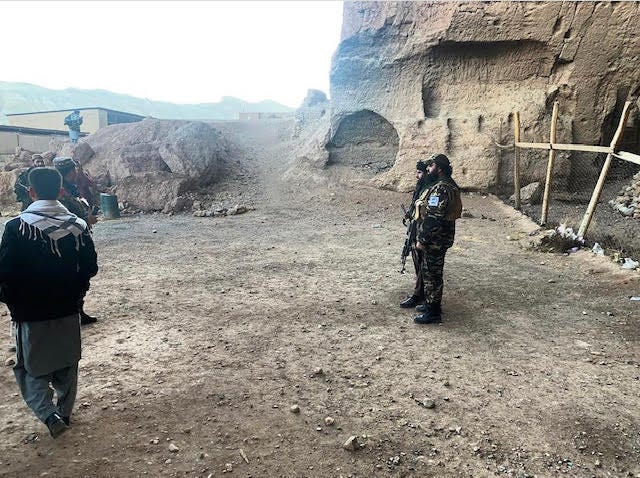
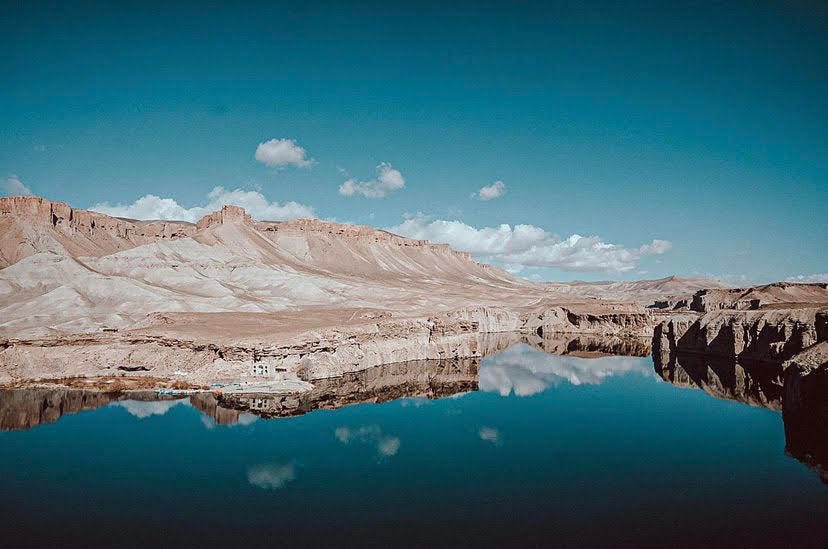
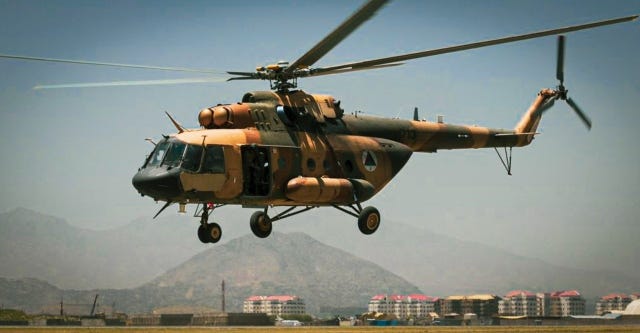
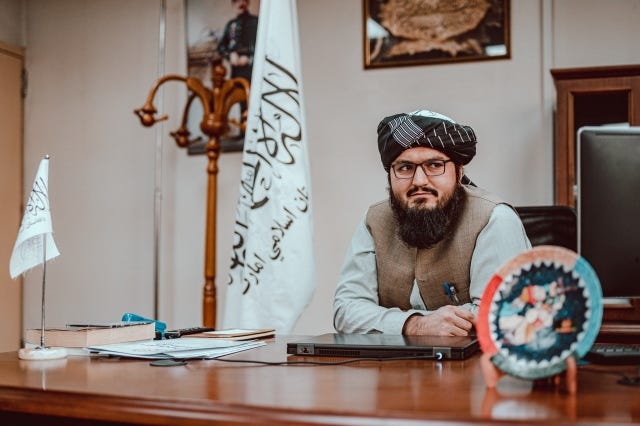
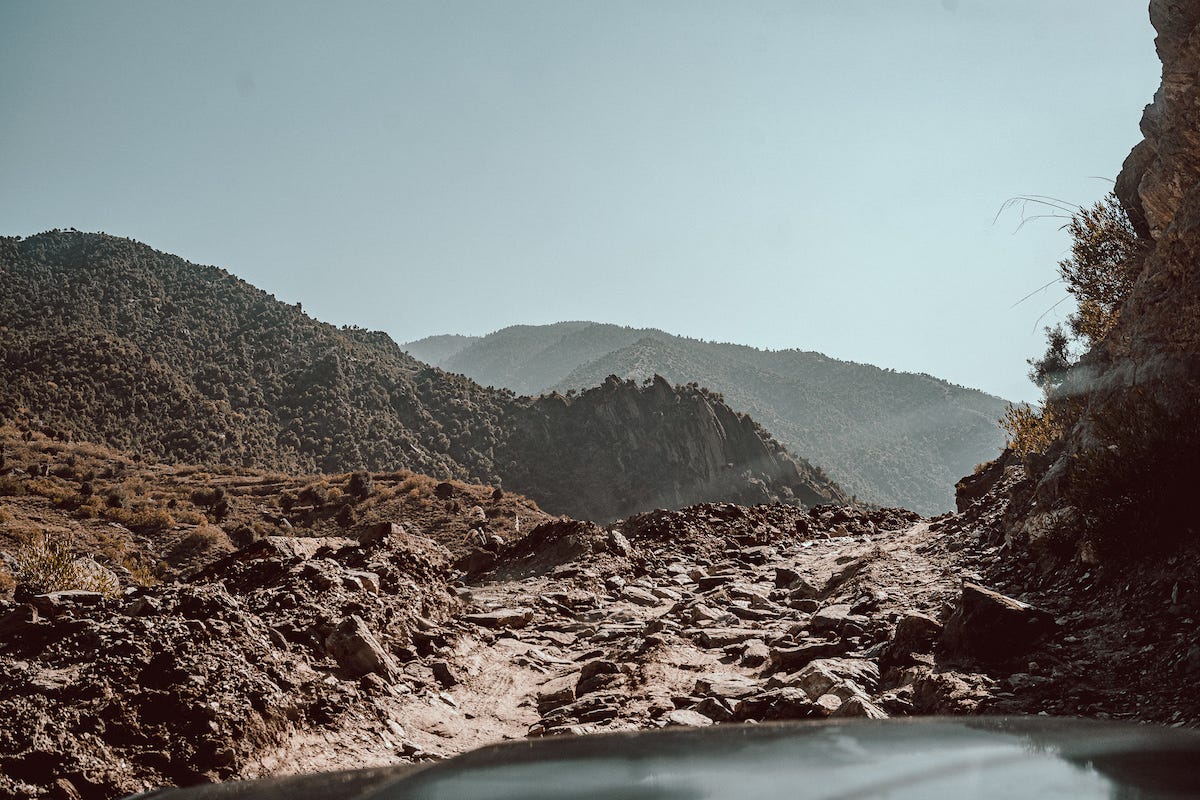
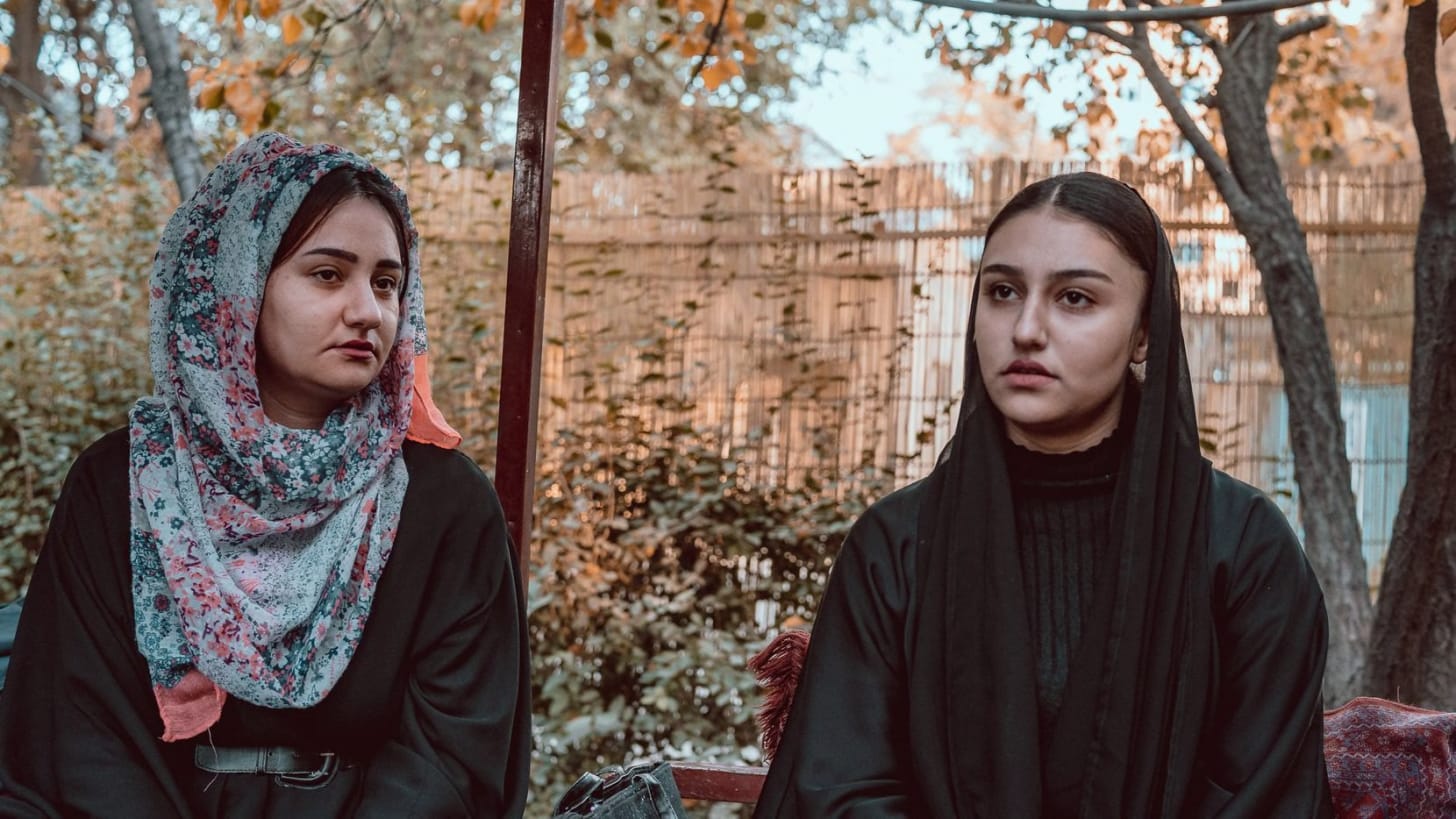






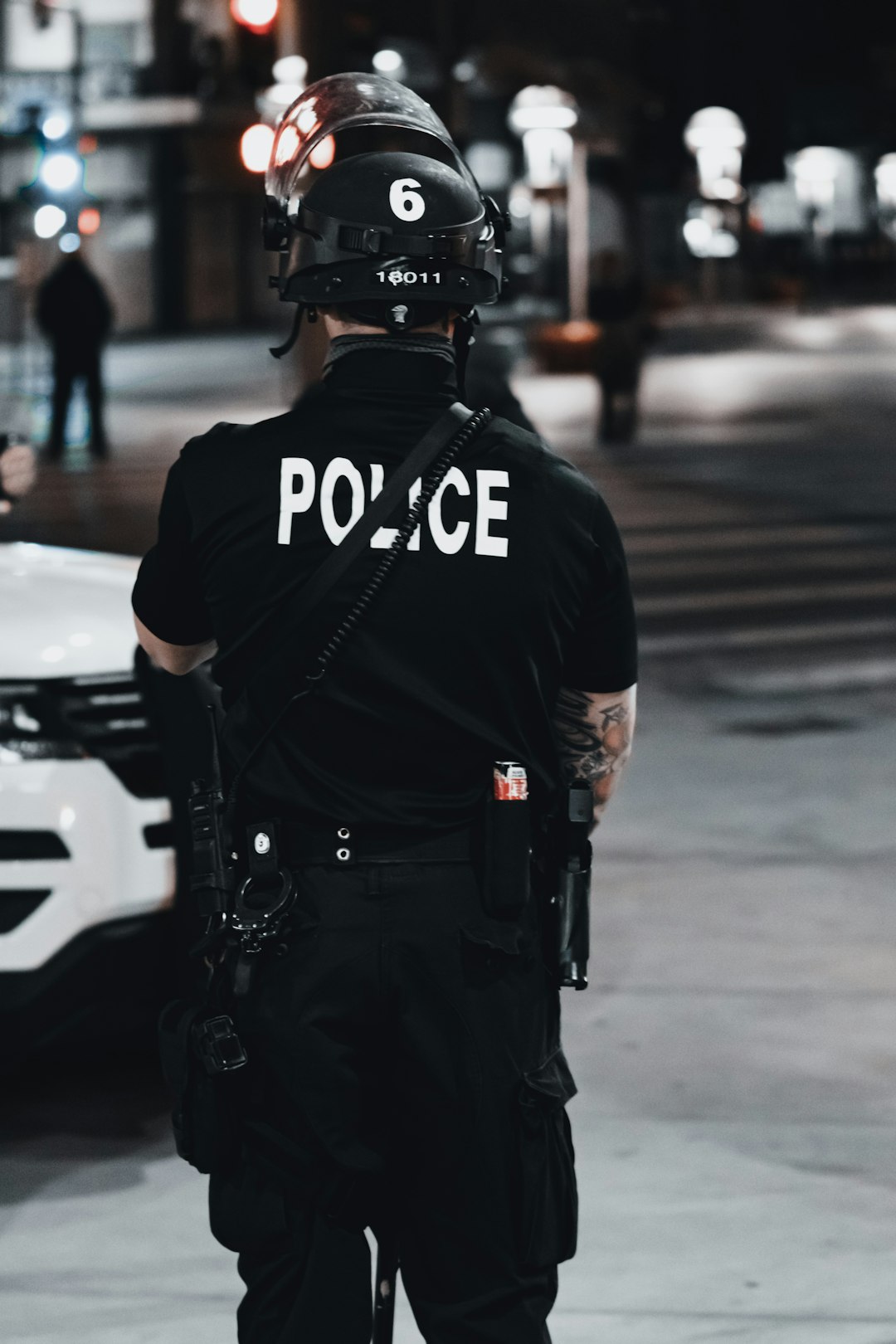

DISPATCHES FROM AFGHANISTAN: The Taliban Air Force, Life in the Korengal Valley Now and Female Taekwondo Stars Abandoned post US Departure